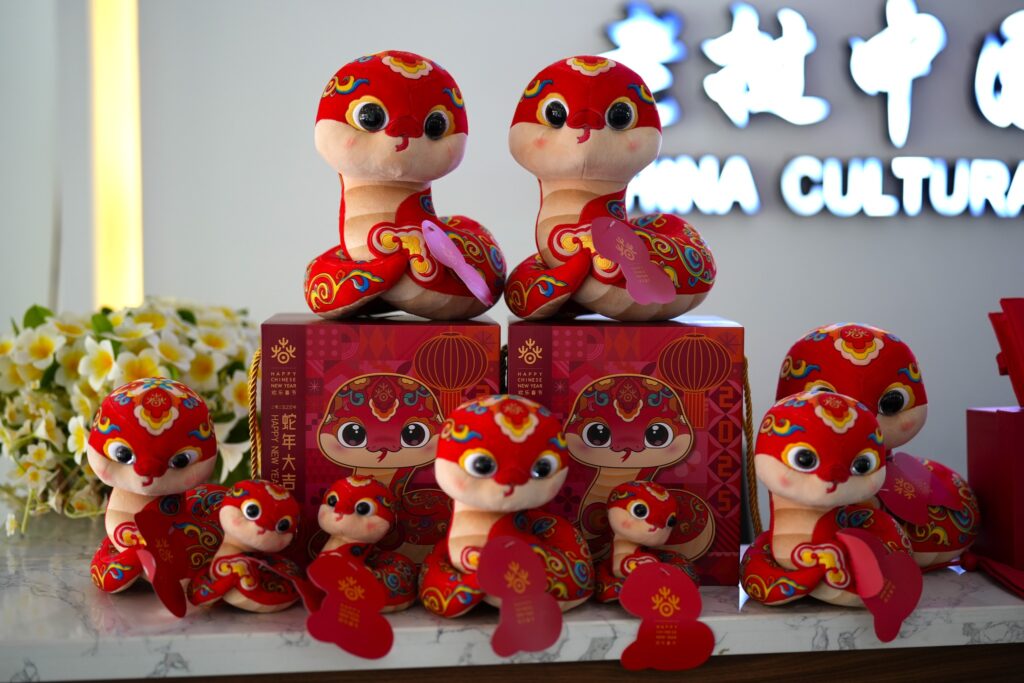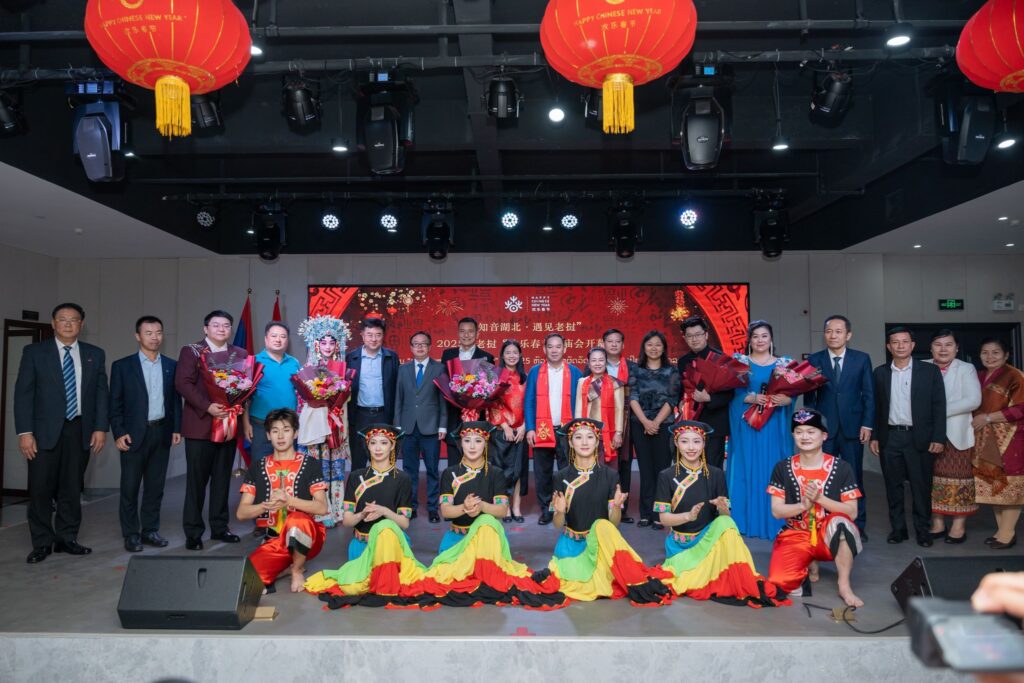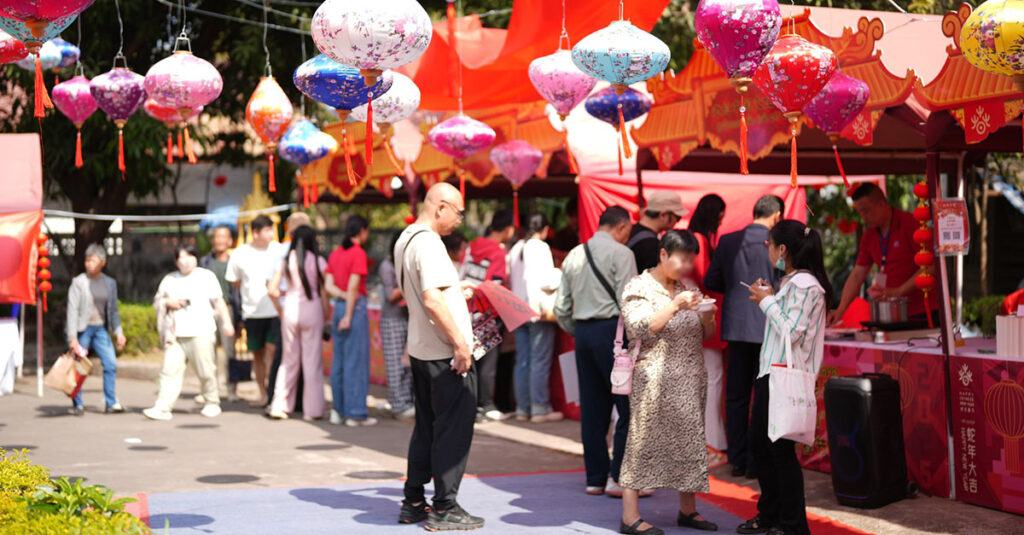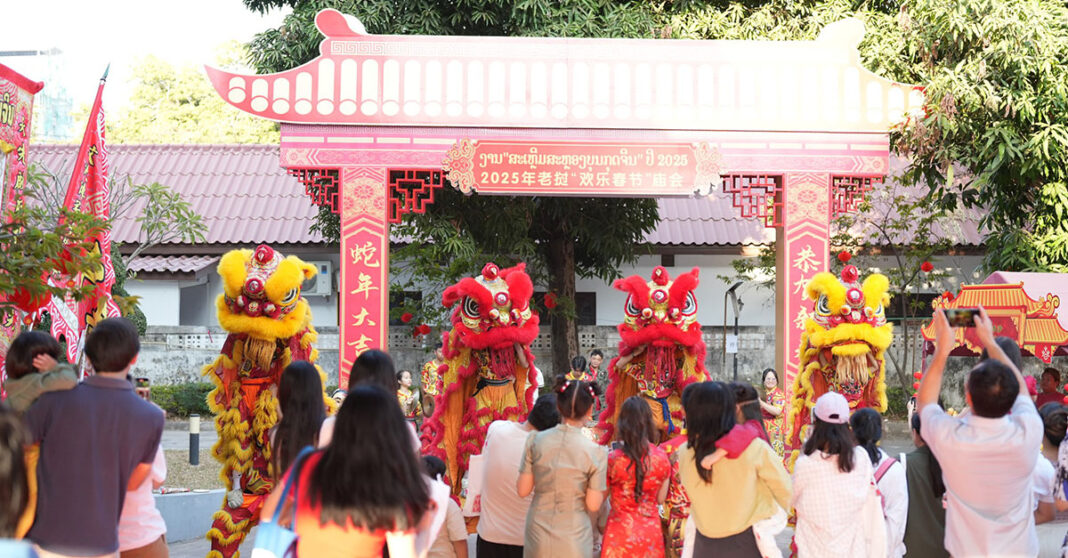Lunar New Year, also known as Chinese New Year, has long been celebrated not only in China but also across Southeast Asia. Laos is not an exception, with the Chinese-Lao, Korean, and Vietnamese communities beginning their celebrations on 29 January and continuing for 15 days, becoming part of the historical and cultural ties to the country.
Over the years, the festival has grown in popularity and significance, with many Lao families and individuals joining the celebrations. From traditional decorations like red lanterns adorning homes and businesses to temple visits and cultural performances.
On 4 December, 2024, Chinese New Year (Spring Festival) gained global recognition when UNESCO officially listed it as an Intangible Cultural Heritage of Humanity.
Welcoming the Year of the Wood Snake
This year, the Chinese zodiac ushers in the Year of the Wood Snake, a symbol of charm, wisdom, and transformation. Known for its dual nature, the Snake brings both opportunity and caution. Astrologers suggest the year will offer progress for those who adopt a calm, strategic approach. At the same time, the Snake is tied to themes of healing and reflection, making it a year to focus on personal growth and steady advancements.

The snake’s energy encourages everyone to slow down, think deeply, and take action at the right moment, explained a cultural expert. Attendees were encouraged to embrace these traits to make the most of the year ahead.
A Temple Fair Full of Life
The celebration in Laos officially began on 17 January, with the Lao government and the Chinese Embassy co-hosting an opening ceremony at China Cultural Center Laos (CCC Laos) under the motto “Echoes of Hubei, Encounter Laos. Diplomats, locals, and visitors came together for cultural exchange, enjoying performances and traditions from China’s Hubei Province.

The event at CCC from 18 to 19 January attracted over 1,500 visitors, bringing together Chinese and Lao communities to celebrate the Spring Festival.
Visitors enjoyed traditional lion dances, performances from Hubei artists including singing, art exhibition and dancing, as well as hands-on workshops, such as lantern-making and Chinese printmaking. In addition, food stalls served classic Chinese dishes.

Voices from the Celebration
People at the Spring Festival at CCC Laos were excited and enjoyed the event, praising the fun performances, activities, and the chance to learn about Chinese culture. Many said it was a memorable experience, with highlights like the lion dances and hands-on workshops. The event brought people from different backgrounds together to celebrate.
“I decided to attend the event because Chinese New Year is a day for families to come together, so I brought my children and my niece and nephew to enjoy the activities,” said Indaphet Bounthavongkham, 36 years old.
Indaphet also described the festival as a joyful family experience, with her children and niece especially captivated by the lion dance and the festive atmosphere. She appreciated the chance to learn about traditional Chinese culture for the first time.
Meanwhile, for students like 20-year-old Nitta Vilaisuk, who is studying Chinese language at the National University of Laos, the event was an opportunity to learn more about Chinese traditions.
“The activities were so fun and exciting,” she said, adding that the performances by Hubei artists, especially the magic show, left a lasting impression. She also enjoyed interactive games like ring toss and marble shooting.
Another university student, 21-year-old Natthaphong Phommachan said, “I loved exploring the tea traditions and doll-making from Hubei Province. Spending time so close to Chinese culture like this is a rare opportunity for me.”
“The volunteers were so welcoming, and it was great to see foreigners participating and speaking Chinese. My favorite activity was writing ancient Chinese characters,” said Homxay Sengsavang, a 20-year-old law student. He explained how the growing presence of Chinese businesses and students in Laos inspired her to learn more about their culture.



